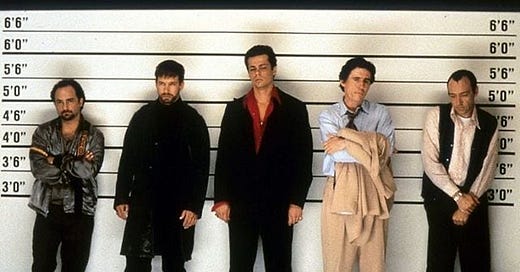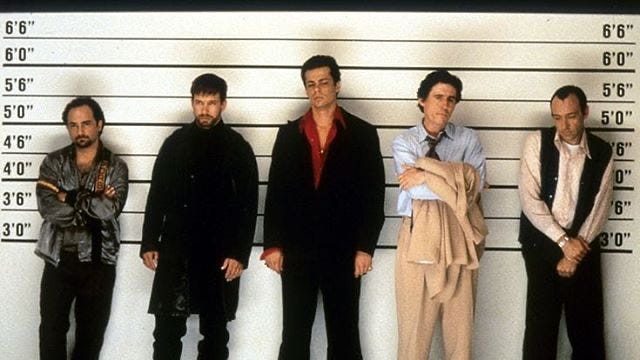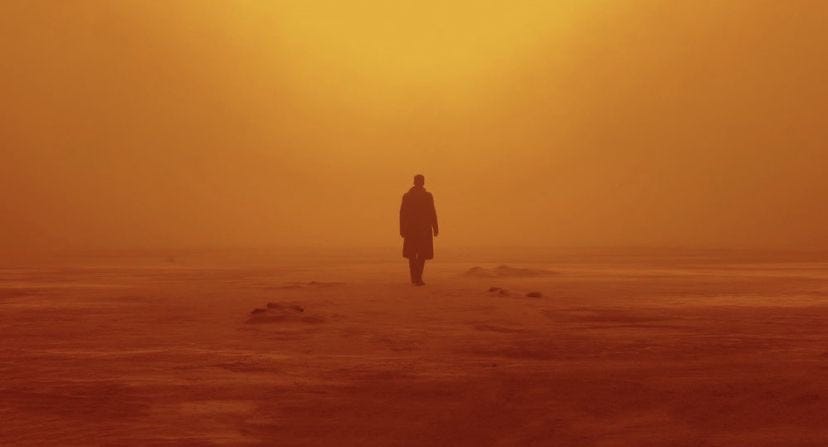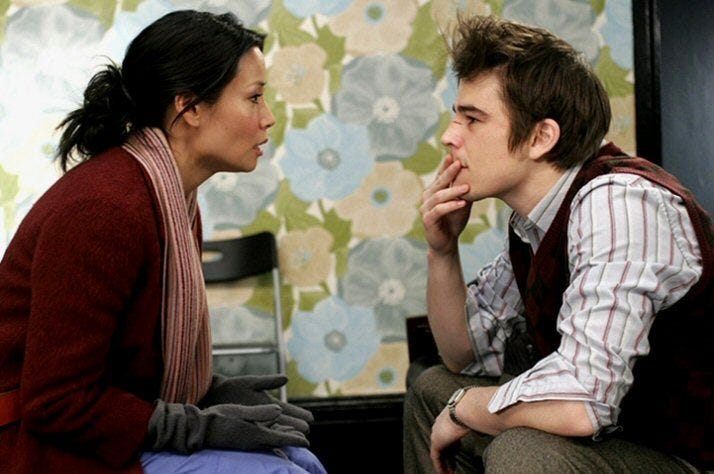Hey everyone, I’m thrilled to share a tool that I’ve developed and have been using to better understand and appreciate the art of filmmaking. It’s called the FILMS framework, and it’s become my go-to system for breaking down a film’s key elements—whether I’m watching a timeless classic, a modern blockbuster, or a hidden gem.
The FILMS framework is simple, effective, and works for everyone—whether you’re new to film analysis or have years of experience. It focuses on five areas:
Foundations
Imagery
Layered Storytelling
Motion, and
Subtext
Each of these categories covers an essential aspect of what makes a movie work (or not), and together, they give you a full picture of a film’s impact.
In this guide, I’ll walk you through each category, share some questions to think about, and even offer tips for rating movies using the framework. Let’s dive in.
Foundations (F): The Building Blocks of a Great Film
Every movie starts with its foundations—the plot, characters, genre, and setting. This is the groundwork for everything else. A solid foundation keeps us engaged and invested in the story.
Here are the kinds of questions I like to ask about a film’s foundations:
Is the plot clear and compelling? Does it make me want to keep watching?
How well does the setting contribute to the story? Does it feel immersive?
Are the characters believable, and do they have clear motivations?
Does the film play into its genre conventions, or does it try something new?
Are there stakes that make the conflict meaningful?
When I rate a film’s foundations, I use a simple scale from 1 to 10:
1-3: Weak or incoherent story with flat characters and no clear direction.
4-6: Functional but average, with some plot holes or missed opportunities.
7-8: Strong plot and characters that keep me engaged, even if there are minor flaws.
9-10: Exceptional storytelling that pulls me in, with unforgettable characters and a world I don’t want to leave.
The Usual Suspects (1995), Dir. Byran Singer
Imagery (I): The Visual Language of Cinema
Next up is imagery—the way a film uses visuals to tell its story. This includes everything from cinematography and color palettes to framing and production design. A visually stunning movie can leave an impression long after the story fades.
When I analyze imagery, I think about questions like these:
How does the cinematography enhance the story? Are there memorable shots?
Does the color palette contribute to the mood or themes of the film?
Are there recurring visual motifs or symbols that add depth to the narrative?
How does the use of light and shadow emphasize emotions or ideas?
Does the production design (costumes, sets, props) immerse me in the film’s world?
For the rating:
1-3: The visuals feel flat, inconsistent, or uninspired.
4-6: Average cinematography and design, with some interesting moments.
7-8: Beautiful and purposeful imagery that enhances the story.
9-10: Masterful use of visuals that tell a story on their own.
Blade Runner 2049 (2017), Dir. Denis Villeneuve
Layered Storytelling (L): Depth and Complexity in the Narrative
This is where things get interesting. Layered storytelling goes beyond the surface plot to look at pacing, character arcs, and how the story unfolds. A great movie often reveals new layers every time you watch it.
Here’s what I ask myself about layered storytelling:
Is the narrative structure linear, non-linear, or something else? How does that affect the story?
Are the character arcs meaningful and well-developed?
Does the pacing keep me engaged, or does it drag in places?
Are there subplots or parallel storylines that add depth without distracting from the main plot?
How does the story’s complexity reward repeat viewings?
For the rating:
1-3: Confusing or overly simplistic storytelling with little depth.
4-6: Solid but predictable; the story doesn’t dig deep enough.
7-8: Engaging narrative with well-crafted layers and strong character development.
9-10: Richly layered storytelling that rewards close attention and repeat viewings.
Lucky Number Slevin (2006), Dir. Paul McGuigan
Motion (M): The Rhythm and Energy of a Film
The motion category looks at how a film moves—literally and figuratively. This includes direction, editing, sound design, and the overall rhythm that keeps the story flowing.
When thinking about motion, I ask:
How does the editing shape the pacing of the film? Are there standout transitions or sequences?
Does the camera movement feel deliberate, and does it enhance the emotional beats?
How does the sound design or score add to the atmosphere or tension?
Are there moments of silence or stillness, and are they used effectively?
Does the film’s rhythm keep me engaged, or does it feel uneven?
For the rating:
1-3: Choppy editing, inconsistent rhythm, or poor use of sound.
4-6: Serviceable direction and rhythm, with moments of greatness.
7-8: Smooth, well-paced motion that enhances the viewing experience.
9-10: Seamless direction, editing, and sound design that elevate the film.
The Batman (2022), Dir. Matt Reeves
Subtext (S): The Meaning Beneath the Surface
Finally, we have subtext, which is all about the themes, symbolism, and deeper meanings in a film. Great subtext makes you think, long after the movie is over.
When I dig into subtext, I ask:
What themes or messages does the film explore, and are they subtle or overt?
Are there symbols or metaphors that add layers to the story?
How does the film reflect or comment on societal, cultural, or political issues?
Are there moments of irony, satire, or ambiguity that make me question what I just saw?
Does the film’s subtext align with or challenge its surface story?
For the rating:
1-3: Minimal subtext or overly heavy-handed themes.
4-6: Some thematic depth, but not fully realized or explored.
7-8: Strong subtext that enriches the story and invites reflection.
9-10: Thought-provoking layers of meaning that resonate deeply.
American Psycho (2000), Dir. Mary Harron
How to Calculate a FILMS Score
Here’s how I bring it all together:
Rate each element—Foundations, Imagery, Layered Storytelling, Motion, and Subtext—out of 10.
Add them up for a total score out of 50.
Divide by 5 for an overall FILMS rating out of 10.
Quick Interpretation:
1-3: Significant issues; difficult to enjoy or engage with.
4-6: Average; some strong points but noticeable weaknesses.
7-8: Strong; a well-crafted film with minor flaws.
9-10: Exceptional; a truly memorable and impactful experience.
Why the FILMS Framework Works
For me, the FILMS framework is about understanding what makes a movie work—or not—and learning to appreciate the artistry behind it. It’s flexible enough for casual reviews or detailed critiques, and it always gives me something new to think about.
I hope this guide helps you look at films in a fresh way. Whether you’re discussing with friends, writing your own reviews, or just reflecting after a movie night, the FILMS framework is here to make every viewing experience richer.
So, grab your favorite movie, a notebook, and start exploring. I’d love to hear about your FILMS scores—feel free to share them with me or tag me online!



















Share this post